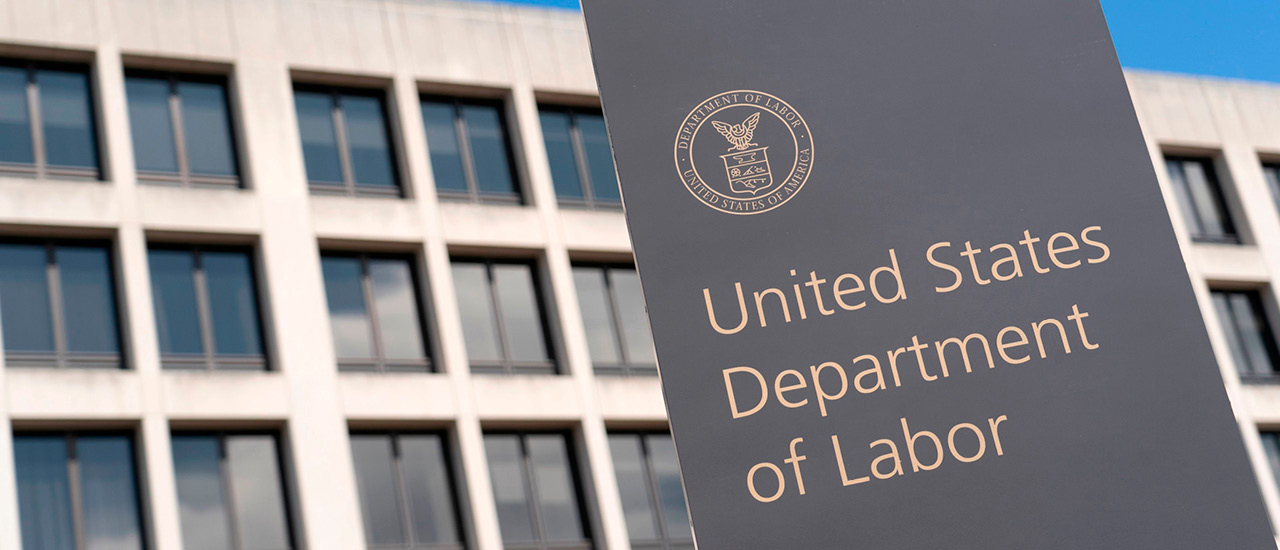U.S. Labor Department Tightens Joint Employer Standard

The U.S. Department of Labor has finalized a rule governing the joint employer standard for workers.
It applies to employees who, in addition to having a “formal” employer, could be deemed to have one or more additional joint employers that are jointly and severally liable for minimum wage and overtime compliance under the Fair Labor Standards Act.
The department said the change is designed to “promote certainty for employers and employees, reduce litigation, promote greater uniformity among court decisions, and encourage innovation in the economy.”
The FLSA requires covered employers to pay employees at least the federal minimum wage for every hour worked and overtime for every hour worked over 40 in a work week.
The new rule is limited to addressing joint employment status related to FLSA obligations for employees performing work for various businesses in franchise, vendor, and other business-to-business relationships.
NLRB, EEOC Rules
It does not address joint employer status under the National Labor Relations Board or the Equal Employment Opportunity Commission, each of which has its own rules that, respectively, can trigger obligations to bargain with a union or liability for discriminatory employment practices.
The NLRB and EEOC are expected to update their joint employer standards in the near future.
The new FLSA rule, which takes effect March 16, describes conditions under which more than one employer can be held liable for one employer’s violations of the FLSA.
It includes a four factor balancing test to determine if a worker is jointly employed.
Balancing Test
The balancing test examines whether the potential joint employer:
- Hires or fires the employee
- Supervises and controls the employee’s work schedule or employment conditions to a substantial degree
- Determines the employee’s rate and method of pay
- Maintains the employee’s work records
A finding of joint employment can hold each employer jointly liable for wage and hourly pay to the employee, including requirements for minimum wage and overtime.
The labor department said it believes that this test is consistent with FLSA language concerning “any person acting directly or indirectly in the interest of an employer in relation to an employee.”
Shift
The change represents a shift from a legal interpretation the Obama Administration adopted in 2016 and a 2015 NLRB ruling that expanded joint employment circumstances and made it easier for workers to sue employers.
“The changes in this final rule break down barriers that keep companies from constructively overseeing, guiding, and helping their business partners,” Wage and Hour Division administrator Cheryl Stanton said.
“For small business owners and the employees working in those businesses, the relationship and the guidance coming from franchisers and other contracting companies can greatly improve the workplace and help them create jobs.”
The International Franchise Association called the change “a return to a simple, clear, and thoughtful employer standard.”
The labor department has posted a helpful fact sheet with FAQs.
For more information, contact CBIA’s Mark Soycher (860.244.1900) | @HRHotline
RELATED
EXPLORE BY CATEGORY
Stay Connected with CBIA News Digests
The latest news and information delivered directly to your inbox.


